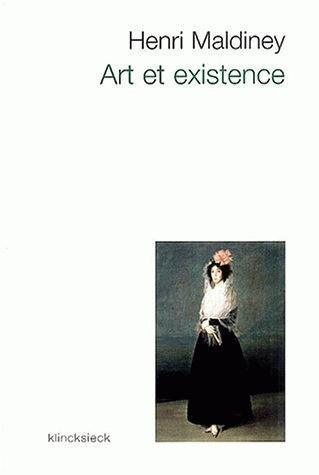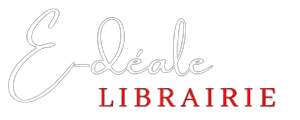What then, in the final analysis, is a work of art... from the moment of its inception ? Among all these works claiming to be art, how can we begin to distinguish between what is worthy of the name and what is not ? That is the core question, beyond which any form of aesthetics eludes us.
Art — like existence — is irreducible and immune to any scientific or emotional criteria. Just as existence, in its non-trivial sense, is a rift in the fabric of fate ; even in historical terms, art is a rift in the web of all systems — whether logic, symbolic, or cultural. A work of art is both an opening and a passageway across this rift which infinitely separates the being from the existing, the effect from the event and the symbol from the form. An event — or advent — is a tear in the relatedness of the being and art is the daylight illuminating this tear. Whether a work of art is a painting or sculpture, architecture or poetry, Nothingness — Void — is its source, its universe and its outcome. It is not an object. It exists apart from itself, in itself and beyond itself. This is what this book strives to demonstrate, based on the evidence of the works themselves.
Henry Maldiney, who was born in 1912, taught philosophy at the Universities of Ghent and Lyon. Inspired by the work of Husserl, Heidegger and Szondi, he is considered one of the great thinkers in the field of phenomenological anthropology, having published such notable works as L'Art, l'éclair de l'être and Ouvrir le rien : l'art nu.




